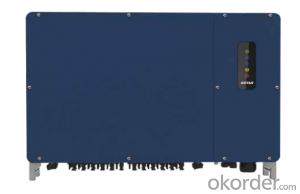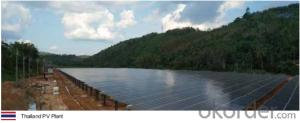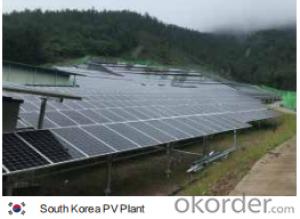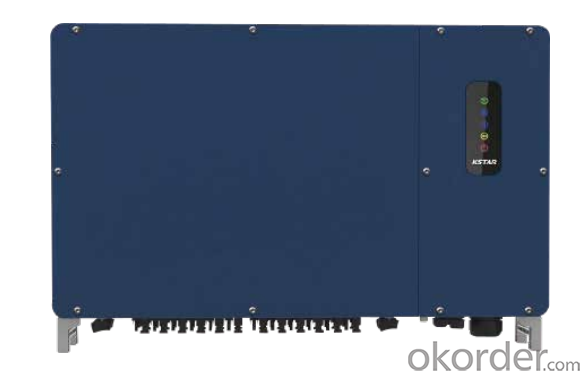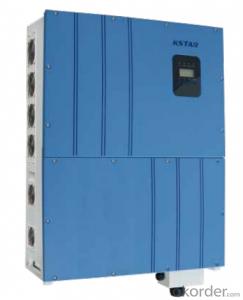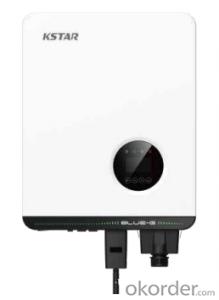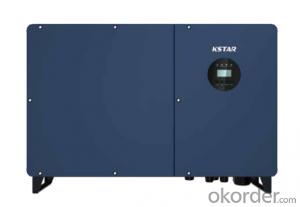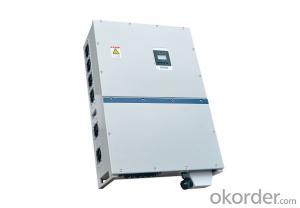36 Volt Solar Inverter String Grid-Tied PV Inverter KSG-200UH/ KSG-250UH
- Loading Port:
- China main port
- Payment Terms:
- TT OR LC
- Min Order Qty:
- 50 pc
- Supply Capability:
- 15000 pc/month
OKorder Service Pledge
OKorder Financial Service
You Might Also Like
Specification
Product Description:
★1500Vdc, 800Vac 12 MPP Tracker, 24 PV Strings Input
★Smart I/V Curve Function DC and AC Type II SPD
★Optional AFCI Function Optional Night SVG Function
★PLC communication Max. DC/AC ratio >1.5
Technical Specifications:
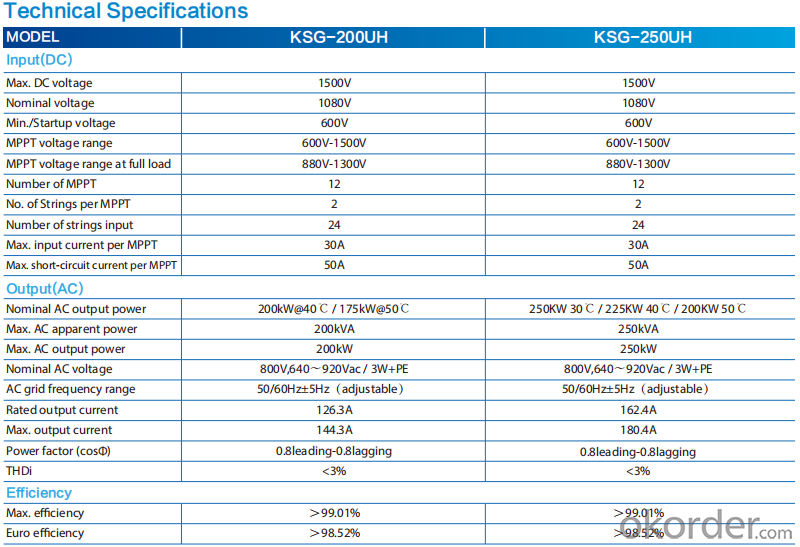
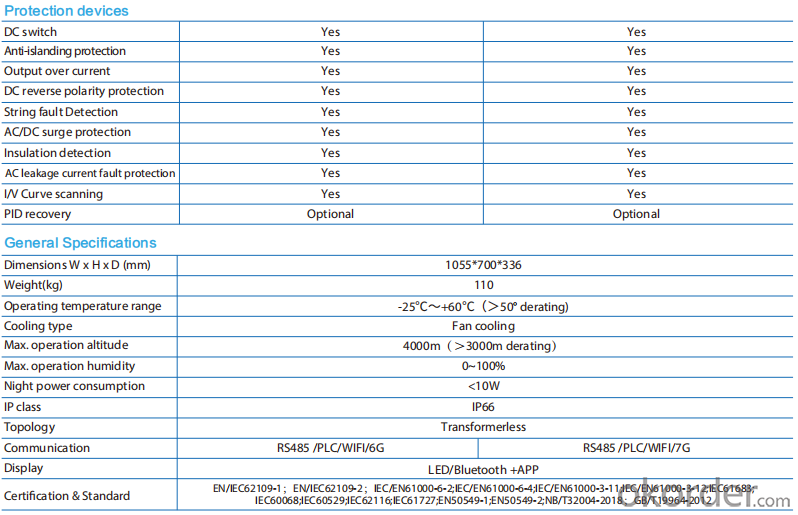
FAQ:
Q:How the output voltage of the PV inverter and the grid-connected voltage are determined
Inverter is the DC power (battery, battery) into alternating current (usually 220V, 50Hz sine wave). It consists of inverter bridge, control logic and filter circuit. Widely used in air conditioning, home theater, electric wheel, power tools, sewing machines, DVD, VCD, computer, TV, washing machine, range hood, refrigerator, video recorders, massage, fan, lighting and so on. In foreign countries
Q:Installation and maintenance of photovoltaic grid - connected inverter
only when the local power sector permission by the professional and technical personnel to complete all the electrical connection before the inverter can be connected.
Q:What is the difference between a PV grid-connected inverter and an off-grid inverter?
Off-grid inverter is equivalent to their own to establish an independent small power grid, mainly to control their own voltage, is a voltage source.
Q:After the PV inverter, how to achieve the same period before the network?
Solar panel simulator: with MPPT function, simulated morning, noon, afternoon, evening, rainy weather, solar panels produced under different conditions in different voltages.
Q:Is the PV inverter a current source or a voltage source?
According to the waveform modulation method can be divided into square wave inverter, stepped wave inverter, sine wave inverter and modular three-phase inverter.
Q:Photovoltaic grid-connected inverter without DC emc how will happen
Solar photovoltaic power generation technology is the use of solar cells, the photovoltaic effect of semiconductor materials, solar radiation can be directly converted into a new type of power generation system, solar energy is a radiant energy, solar power means --- to direct conversion of sunlight Into electricity,
Q:What is the difference between low voltage grid connection and medium voltage grid connection?
For photovoltaic power plants when the power system accidents or disturbances caused by photovoltaic power plant grid voltage drop, in a certain voltage drop range and time interval, the photovoltaic power plant can ensure that non-off-line continuous operation.
Q:Is the grid side of the grid and the inverter?
The grid load side of the grid is the grid. The inverter is an important part of the PV grid-connected system and can not be regarded as an external load. Photovoltaic power generation system is included in both grid and off-grid.
Q:PV grid-connected inverter and independent inverter in the control of what is the difference
The independent inverter in the output voltage phase amplitude of the frequency control is initially set good. Independent inverter, you should refer to off-grid inverter, do not need to consider the grid situation.
Product Images:
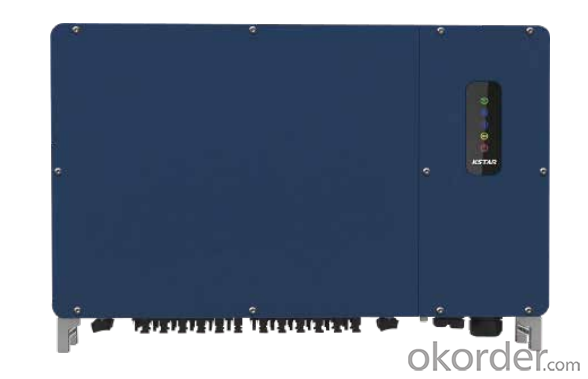
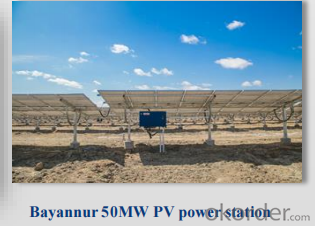
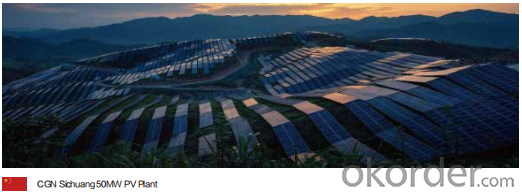

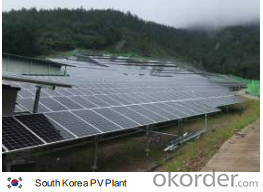
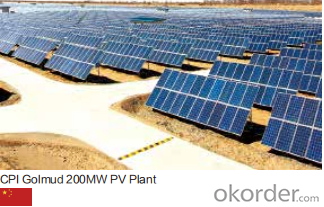

Production Process Photos:

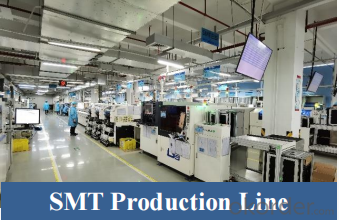
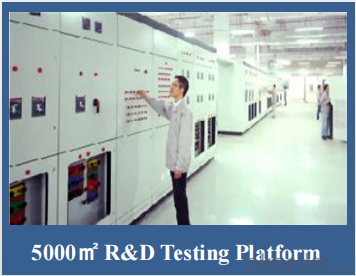
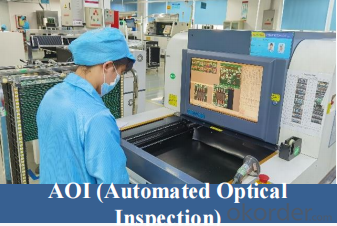
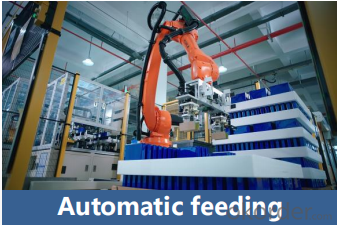
- Q: How do you calculate the power output of a solar inverter?
- To calculate the power output of a solar inverter, you need to multiply the DC input voltage by the DC input current to determine the input power. Then, subtract the inverter's efficiency percentage from 100, divide the input power by this efficiency factor, and you will obtain the power output of the solar inverter.
- Q: Are solar inverters compatible with different solar panel technologies?
- Yes, solar inverters are generally compatible with different solar panel technologies. However, it is important to ensure that the inverter's specifications and capabilities align with the specific requirements of the solar panels being used. Some inverters may be optimized for certain panel technologies, so it's advisable to consult with manufacturers or experts to ensure compatibility and maximize system efficiency.
- Q: What is the efficiency rating of a solar inverter?
- The efficiency rating of a solar inverter refers to the percentage of solar energy that is converted into usable electricity. It indicates how effectively the inverter can convert the direct current (DC) power generated by solar panels into alternating current (AC) power for use in homes or businesses. Higher efficiency ratings mean less energy loss during the conversion process, resulting in more electricity being available for consumption.
- Q: Does a solar inverter require a separate grounding system?
- Yes, a solar inverter typically requires a separate grounding system to ensure proper electrical safety and protection against potential faults or surges. Grounding helps to divert any excess electrical current away from the inverter and reduces the risk of electrical shocks, equipment damage, or fire hazards.
- Q: Can a solar inverter be used in regions with extreme weather conditions?
- Yes, solar inverters can be used in regions with extreme weather conditions. However, it is important to choose an inverter that is specifically designed and rated for such conditions. Inverters with high-quality components and robust construction can withstand extreme temperatures, humidity, and other weather-related challenges. Additionally, proper installation and maintenance practices are crucial to ensure the longevity and optimal performance of the inverter in extreme weather conditions.
- Q: What is the role of a solar inverter in a solar-powered remote monitoring system?
- The role of a solar inverter in a solar-powered remote monitoring system is to convert the direct current (DC) electricity generated by the solar panels into alternating current (AC) electricity that can be used to power the monitoring system. It also ensures that the electricity generated matches the requirements of the monitoring equipment, regulates the voltage, and assists in efficient power transmission and distribution.
- Q: Can a solar inverter be used in areas with high seismic activity?
- Certainly, a solar inverter can be utilized in regions with high seismic activity. Nevertheless, it is imperative to guarantee that the solar inverter is engineered to endure and operate securely under such circumstances. Solar inverters are commonly constructed with sturdy and long-lasting materials to withstand a range of environmental factors, including seismic activity. They frequently undergo testing and certification to meet specific standards for seismic resistance. When installing a solar inverter in an area with high seismic activity, it is vital to adhere to the manufacturer's guidelines and recommendations. This may involve implementing additional measures such as reinforced mounting structures, flexible connections, and appropriate grounding techniques to enhance the stability and resilience of the inverter system. Furthermore, routine maintenance and inspections should be carried out to ensure that the solar inverter remains in optimal working condition even after seismic events. This entails examining for any indications of damage, loose connections, or other potential issues that may have arisen due to seismic activity. By taking necessary precautions and employing seismic-resistant solar inverters, it is plausible to safely and efficiently harness solar energy even in areas prone to seismic activity.
- Q: What are the key differences between a central inverter and a string inverter?
- The key differences between a central inverter and a string inverter lie in their design and functionality. A central inverter is a single large inverter that is typically installed at a central location in the solar power system. It receives the DC power generated by multiple solar panels connected in series, and then converts it into AC power for use in the electrical grid. Central inverters are more suitable for large-scale solar installations as they can handle higher power outputs. On the other hand, a string inverter is a smaller inverter that is installed close to the solar panels. It works by converting the DC power generated by a string of panels, typically 8 to 12, into AC power. String inverters are commonly used in residential or smaller commercial solar installations. One notable difference is the location of the inverters. Central inverters are typically installed in a dedicated room or enclosure, away from the solar panels, whereas string inverters are generally mounted either on the wall or directly on solar panel mounting racks. Another difference is the impact of shading or panel malfunction. In a central inverter system, if one panel is shaded or malfunctions, it affects the output of the entire string of panels. In contrast, with a string inverter system, the impact is limited to only the affected string, allowing other strings to continue generating power efficiently. Additionally, string inverters offer better monitoring capabilities as they can provide real-time data for each individual string of panels, allowing for easier troubleshooting and maintenance. Central inverters, on the other hand, provide a single output value for the entire solar array. Overall, the choice between a central inverter and a string inverter depends on the scale of the solar installation, the available space, and the specific requirements of the project.
- Q: What is the role of a solar inverter in fault ride-through capability?
- The role of a solar inverter in fault ride-through capability is to ensure that the solar power system remains operational and stable during grid faults or disturbances. The inverter is responsible for detecting fault conditions and adjusting its output to mitigate the impact of the fault on the system. By providing fault ride-through capability, the solar inverter helps maintain grid stability and ensures continuous power supply from the solar panels even in the presence of faults.
- Q: Can a solar inverter be used with a hybrid solar system?
- Yes, a solar inverter can be used with a hybrid solar system. A hybrid solar system combines solar power with other power sources, such as batteries or a backup generator. The solar inverter converts the direct current (DC) electricity generated by the solar panels into alternating current (AC) electricity, which can be used to power appliances and devices. Whether it is a grid-tied, off-grid, or hybrid solar system, a solar inverter is an essential component for converting and utilizing the solar energy effectively.
Send your message to us
36 Volt Solar Inverter String Grid-Tied PV Inverter KSG-200UH/ KSG-250UH
- Loading Port:
- China main port
- Payment Terms:
- TT OR LC
- Min Order Qty:
- 50 pc
- Supply Capability:
- 15000 pc/month
OKorder Service Pledge
OKorder Financial Service
Similar products
Hot products
Hot Searches
Related keywords
